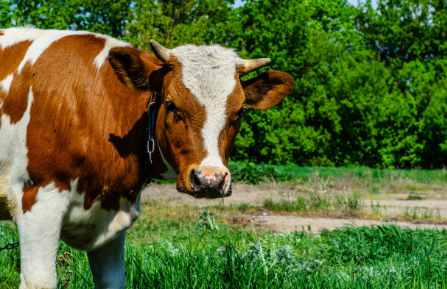
- Online pavilions:
- Veterinary medicines
- Veterinary raw materials
- Other
- Asia
- America
- medical instruments

News briefing: There are several commonly used cow vaccines, and the methods of use are detailed below.
To
There are several commonly used cow vaccines, and the methods of use are detailed below.
1. Non-toxic anthrax sporeling. Against bovine anthrax. 1 mL is injected subcutaneously in the cowhide over 1 year old; 0.5 mL is injected subcutaneously under 1 year old. Generally, system immunity develops 14 days after injection. The protection period is approximately 1 year.
2. Anthracnose vaccine. Against bovine anthrax. No matter how big or small, the cattle will be injected subcutaneously with 1mL, and immunity will be developed in 14 days, and the immunity period will be 1 year.
3. Emphysema gangrene alum vaccine. Aiming at bovine emphysema gangrene. Inject 5 mL under the small and small cows, and the calves under 6 months will be injected again when they reach 6 months of age. The immunization period is about half a year.
4. Aluminum hydroxide vaccine for bovine hemorrhagic sepsis. For bovine hemorrhagic sepsis. For cattle below 100kg, 4mL is injected subcutaneously; for cattle above 100kg, 6mL is injected subcutaneously, and immunity develops 21 days after injection, and the immune period is about 9 months.
5. Tetanus antitoxin. Against tetanus. For emergency prevention and treatment. 20,000 to 40,000 units are injected subcutaneously, and the immune period is 2 to 3 weeks.
6. Inactivated bacteria of foot-and-mouth disease. Against cattle foot-and-mouth disease. Cows from 4 months to 2 years old are injected with 1~2mL per head; adult cattle over 2 years old are injected with 3mL.